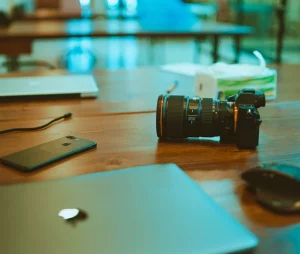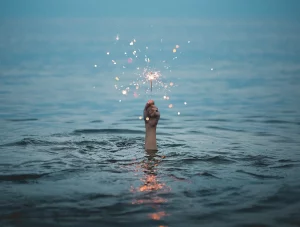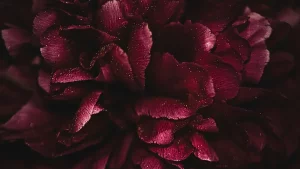Between sunrise and sunset, water, vegetation, animals and other wonders, nature has more than one asset with which to captivate and seduce. Thanks to the magic of photography, you can preserve and immortalize every piece of landscape discovered all over the world and in all seasons.
However, faithfully capturing the best of the environment requires not only expertise, but also the right photography equipment. For this purpose, there are a lot of tools available to photographers to help them shoot and enhance their landscape photos. From devices to accessories to processing and editing tools, find out all about the hardware needed to create successful landscape photos.
Table of contents
A camera and its accessories
The first essential required by the photographer and, in this case, the landscape photographer, is the camera. This one comes with a lot of more or less important accessories.
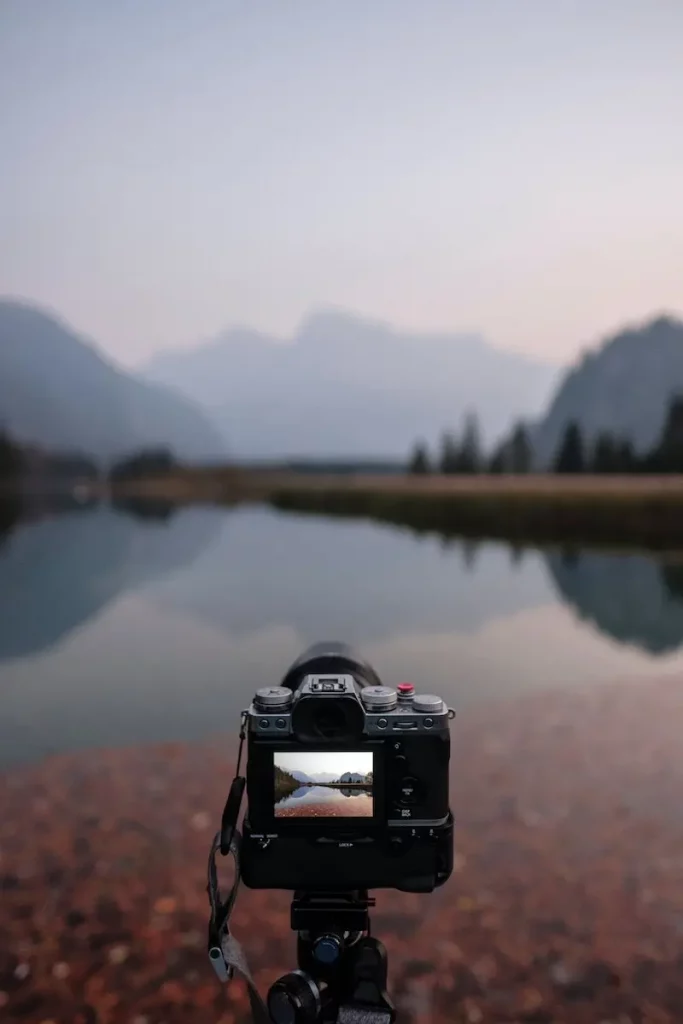
A camera
From well-known brands such as Sony, Canon and Nikon to newer brands, camera manufacturers are competing to provide photographers with cameras that can help them get the best shots.
Regardless of the brand you choose, keep in mind that landscape photography requires, above all, a camera that has a large sensor and is capable of withstanding the elements and offering high definition. In this respect, reflex cameras have proven themselves worthy of special attention. However, hybrid cameras are nowadays considered to be interesting alternatives.
Lens
Essential for the shooting, the lens is usually provided in a kit with the camera. However, for a better perspective and superior image quality, you can invest in a new lens while making sure that it is compatible with the camera body.
When it comes to landscape photography, the recommended type of lens is the short focal lens. Wide-angle lenses are therefore the most appropriate. They offer a focal length of less than 24 mm and allow optimized images. Alternatively, you can zoom in with a focal range between 17 and 50 mm.
Telephoto lenses are also possible options in landscape or nature photography. Useful for taking pictures from a distance, they allow you to magnify the scene without the need to physically get closer. This type of lens has a focal length of at least 300 mm. It can, for example, be used to capture misty mountains.
A drone
For a landscape photographer in search of the most original shots, the drone is undoubtedly a first-choice ally and an extra eye. When it comes to drones, what you need for landscape or nature photography is a device with good definition and a sensor.
A tripod
Considered heavy and sometimes bulky, the tripod is one of the most important components of the landscape photographer’s kit. Its role is to reduce motion blur to prevent unsuccessful shots, especially when using slow shutter speeds. To achieve this, it must be strong and stable while being lightweight, practical and easily adjustable.
Filters
When it comes to taking colorful landscape photos, filters are essential tools. In nature photography, various types of filters are indispensable.
Polarizing filters
Frequently used in landscape photography, polarizing filters make it possible to intensify colors, increase the contrast of the sky, for example, and enhance all the details of an image. In addition, they are used to suppress light reflections, especially on glass surfaces and bodies of water.
Neutral density filters or ND filters
ND filters are colorless models used to help reduce the amount of light passing through the lens. In addition, they are used to create long exposures and to blur the movements of a river, a cloud or a waterfall, for example.
Graduated neutral density filters
In landscape photography, it is never easy to obtain uniformly illuminated scenes. It is thus rare to have a very clear sky and an equally bright ground. Graduated neutral density filters are, in this case, used to balance the exposure and help capture as much detail as possible in the highlights and lowlights.
Light Pollution Reduction filters or LPR filters
LPR filters are used to cover the wavelengths of artificial lighting and to remove orange reflections in the sky and on the surrounding environment. It can be used to photograph a deep sky in an area polluted by street lighting, for example.
Note that when it comes to filters, there is a choice between circular and plate models. The former are the most common and are considered relatively simple to use. As for the latter, they are more suitable for professional photography, although they are perceived as bulky and difficult to install.
Other related accessories
In addition to the above accessories, there are other accessories that are no less useful in landscape photography.
An L-bracket
An L-bracket is a dual-purpose accessory of primary use to the landscape photographer. Its first function, which is similar to that of the tripod, is to facilitate the installation of the camera in portrait position, while limiting vibrations and blur. It is particularly useful in the case of panoramic photos. The second function of the L-bracket is to protect the device against possible blows.
A blower
The blower is used to remove dust, snow or other dirt from the lens and housing.
A remote control
In photography, it is essential to restrict movements in order to avoid vibrations and have the sharpest images possible. For this purpose, the remote control is the ideal accessory to have. Thanks to the tool, the device can be triggered from a distance, without the need to press the manual trigger. The remote control can also be used to switch to Bulb mode or take long exposures of more than thirty seconds.
A headlamp
For photographers of the sky, stars, aurora borealis or, more generally, when taking pictures at night, the headlamp is a very useful accessory. It not only allows you to see where you’re stepping, but also to see the parts of the landscape you want to photograph. The most recommended models are, among others, headlamps with a non-dazzling red light.
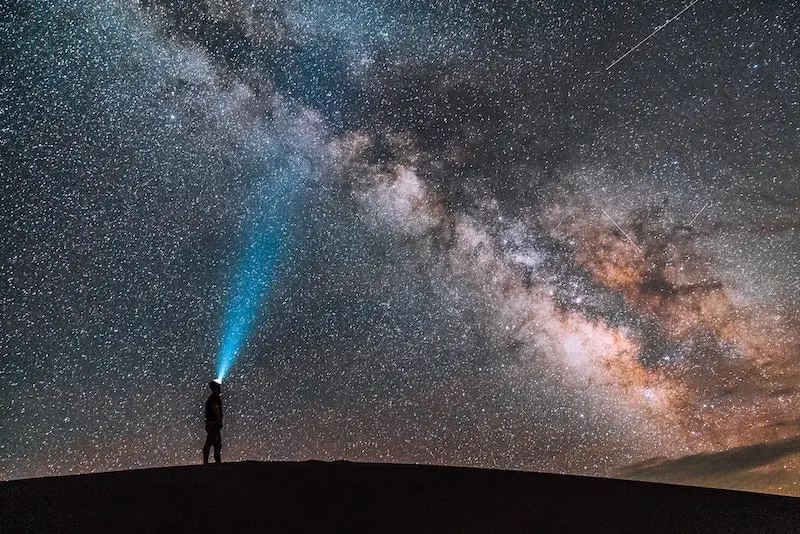
A photo bag
Often required to travel in pursuit of the most beautiful shots, the landscape photographer needs a bag in which to carry their equipment and keep it safe. There are different models and shapes, such as backpacks, saddlebags, shoulder bags, suitcases, etc.
Regardless of the type of bag chosen, it is important to ensure that it is ergonomic, spacious, waterproof, practical and thick enough to protect its contents against shocks and weather. Bags with quick access to the camera are also ideal options, as they allow the photographer to act quickly, at the desired time.
- Everything you need to know to get started in photography
- How do I choose the right lens for a camera?
- How do I choose an external flash?
- What equipment should I use to take portrait photos?
- Which computer should I choose for photo editing?
- How do I create a photo studio?
- Lighting solutions in photography
- Equipment for creating sports photos
- Equipment for wildlife photography
- How can I develop my own photos?
- How do I choose a camera tripod?






